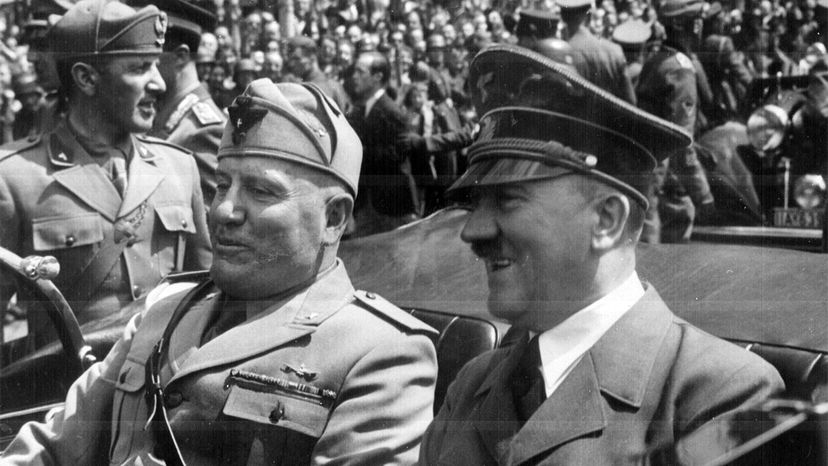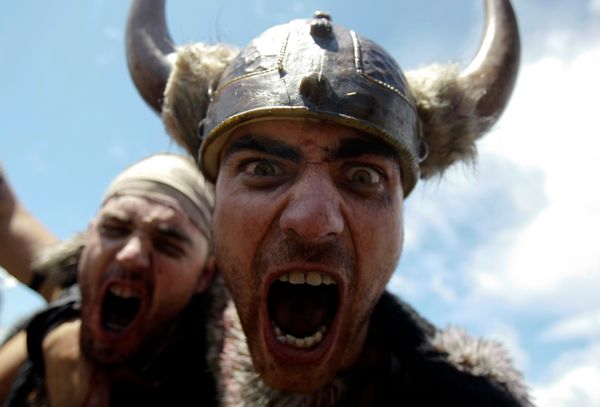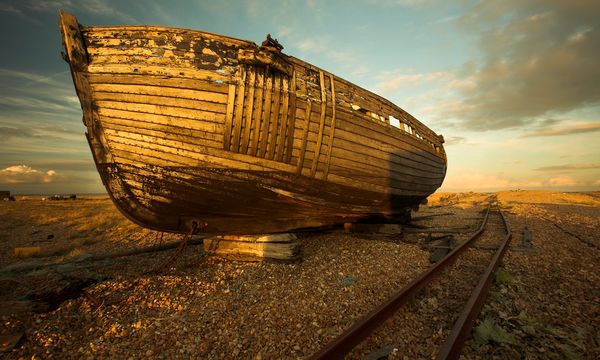
In the wake of World War I, Italian dictator Benito Mussolini began his slow and inexorable rise to power. He created Italy's Fascist Party, became prime minister and eventually took full control of the country's day-to-day decision making. Those decisions, of course, had consequences, and Mussolini liked to take credit for everything that went right in Italy, even when it didn't go that well at all. He was particularly fond of saying he was responsible for successful, large-scale public works projects, such as the railroad system.
In fact, there's an old saying about Mussolini that goes something like this: "Mussolini made the trains run on time." In other words, even dictators have their good points. Sure, fascism is an often brutal model of efficient government, full of poverty and corruption, but hey, at least the trains were newly punctual [source: Cathcart].
Advertisement
But, in Mussolini's case, even this point wasn't exactly true. He used pro-Fascist propaganda to boost his power and selected the rail industry as an example of a key way in which he'd improve daily life for Italians. While there really were some improvements around the country – in terms of reduced unemployment and investment in infrastructure – this didn't always translate into the supposed perfection perpetuated by propaganda [source: Biography].
Cue the trains.
Italy's railway had entered into a state of disrepair after World War I, but after the war ended, there had been a number of measures implemented to boost efficiency. Mussolini, of course, liked to say he was responsible for those improvements. However, those changes actually took place before he assumed power, so technically, he couldn't really take credit (although that didn't stop him). More to the point, the trains didn't always run on time, either.
But where did this transportation-crazed fascist come from, anyway?
Mussolini led a very troubled life, one that included a violent childhood. He bullied schoolmates and was prone to picking fights. At 10, he stabbed another child in the hand and later stuck a knife in a girlfriend's arm. As a young adult, Mussolini was known for a proclivity for sword fighting. [source: Greenspan].
When Mussolini seized the reins as Italy's dictator in the 1920s, it wasn't a popular move. So, he may have believed his plan for a reliable mode of public transportation would improve his public standing.
By riding the coattails of a rail rebuilding project that was already underway when he took over the country, he hoped the trains would help his political aspirations from, well, derailing. Notably, the regime built particularly extravagant stations for the main lines that tourists and visiting politicians were most likely to see, all the better to boost his reputation [source: Dudley].
In the meantime, there were several attempts on his life, and he set a series of dictator-like moves into motion. He banned more than 100 members of parliament, refused to let opposing parties have their say, created a secret police force, did away with local elections and reestablished the death penalty for political crimes.
Then, as fascists are wont to do, he made friends – with another fascist, Adolf Hitler.
Just prior to Hitler's World War II rampage, Mussolini signed a "Pact of Steel" that aligned Italy with Nazi Germany. When the war broke out, Italy fought on the side of the Nazis, but its army was not up to par against the Allies. Soon, even with Germany's assistance, Mussolini was forced out of power and Italy was sidelined in a war that ravaged all of Europe.
He escaped arrest with the help of German special forces and for a while served as leader of a puppet government in northern Italy. He seemed all set for a cushy life as a post-war leader. But then, things went horribly sideways for Germany and the Axis Powers. The Allies stormed towards Berlin, smashing Germany's alliances in the process.
As the Allies advanced, Mussolini and his mistress disguised themselves and tried to slip unnoticed into Switzerland, where they hoped they'd be safe from retribution. Instead, they were spotted. Mussolini was executed and his corpse hung as part of a macabre display of vengeance in a Milan public square. Those mythical on-time trains, it seems, couldn't save him in the end.
Advertisement


